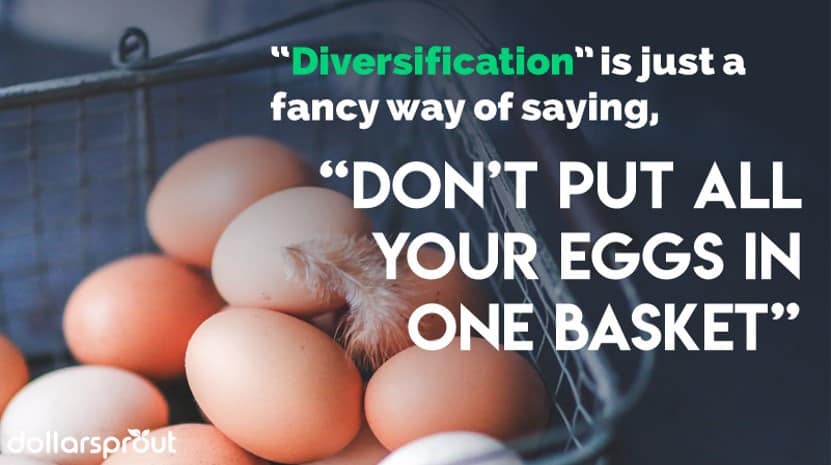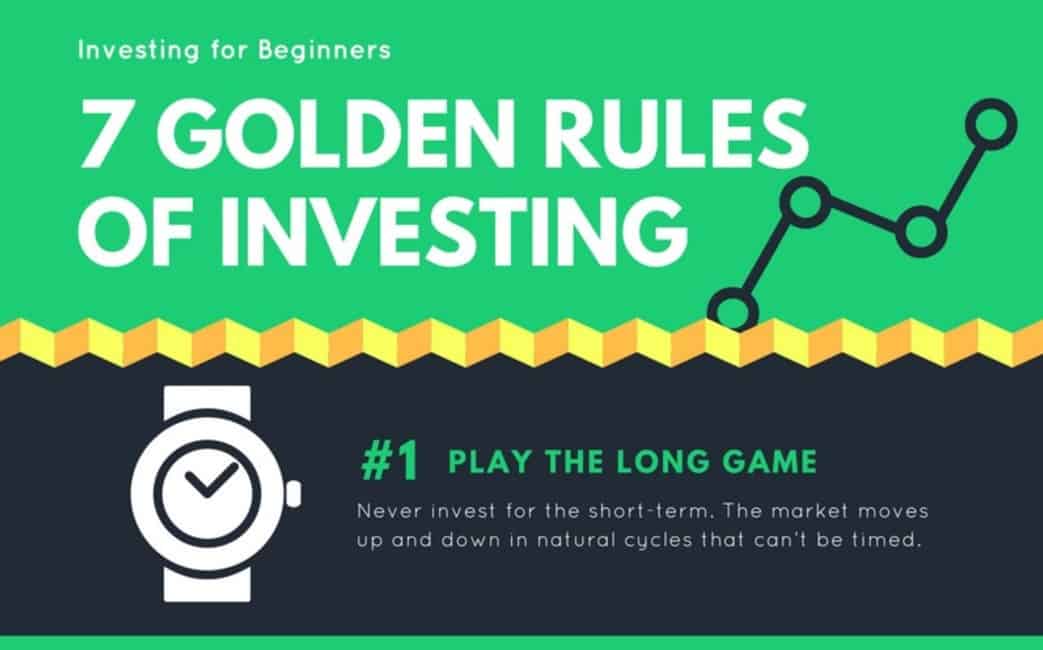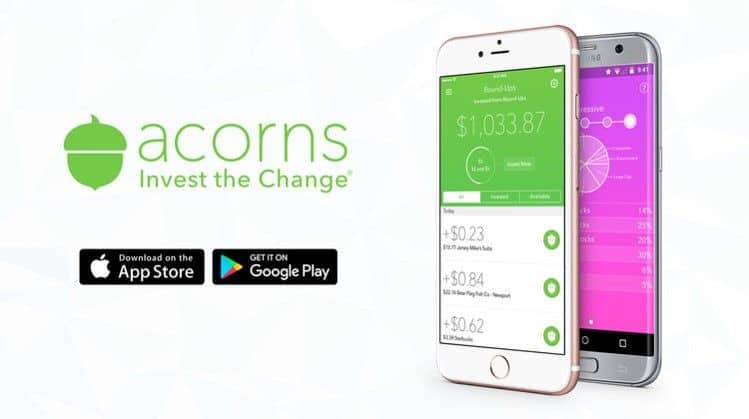How to Start a Profitable Blog in 2019 (Step-by-Step Guide for Beginners
Learning how to start a blog has the potential to drastically change your life.
For some, blogging is a way to blow off steam after a hard day at work.
For others, it’s a fun side hustle. One that allows them to make money on top of their normal day job.
And still, for others, blogging has become a business. One so profitable they’re able to quit their jobs, travel the world, and live life on their terms.
All because they started.
You see, blogging is a low cost, zero risk way to open new doors of opportunity that weren’t previously there before. Doors that don’t involve selling the latest fad toothpaste, LuLaRoe leggings, or Thirty-One bags to your friends and family on Facebook.
No, we’re done with all that. In this article I am going to walk you through, step-by-step, how to start a blog in 15 minutes or less, even if you’re a total beginner.
Before we dive in though, let’s take a quick moment and look at the reasons why people start a blog.
Why do people blog?
People often have very unique reasons for wanting to start a blog. Some are compassionate in nature — perhaps they want to educate others on a rare form of a disease they, or a family member, are struggling with. Others are informative — they want to chronicle a weight loss journey and inspire others to do the same.
And others (reasons) are as straightforward as they get. They’ve seen other people make money blogging about a certain topic and wonder if they can do the same.
No matter your reason for wanting to start, with the right strategies, your blog can:
- Connect you with millions of people.
- Get your ideas out into the world.
- Make you more money than you could ever make at your 9 to 5.
Think it can’t happen to you?
Think again:
Just a few years ago Jeff and I started blogging with absolutely no experience. We had no idea how to start a blog, nor did we really even know what we wanted to write about.
Needless to say, things have changed in a short time.
Learn from other top money making blogs
In our last income report over on BTOP we showed how we made almost $62,000 blogging in just 1 month. It was a total dream come true.
We started at $0 just like everyone else, and now we’re shooting to crack the $100,000/month barrier for the first time. And believe it or not, that’s pennies compared to other successful bloggers.
Take Michelle at Making Sense of Cents for example.
In just 4 years Michelle went from making $672/mo to making over $100,000 per month from her blog.
Take a look:

Or there’s Melyssa, who made over $173,000 recently from her blog and online business:
It takes a lot of hard work to reach the elite ranks of Michelle and Melyssa, but that shouldn’t stop you from trying.
It’s 100% feasible to start making a few hundred or even a few thousand dollars per month within just a few months of starting. We’ve done it with this website, and you can too.
How do bloggers make money?
The cool thing about blogging is that there is a near limitless number of ways to make money.
- Using display ads
- Allowing companies to buy sponsored posts on your website
- Affiliate marketing
- Selling courses, ebooks or trainings
- Consulting
- Providing a service, coaching or mentoring
- The list goes on and on…
But before you start raking in cash from your blog, you first need to start your blog. And that can be a pretty intimidating hurdle for a lot of people, especially the non-tech peeps (like me). That’s why I’m going to walk you through, step-by-step, how to start a blog on WordPress using HostGator (opens another tab).
Why HostGator? Well, in my experience, they are the best all around hosting company for new bloggers in terms of performance and cost. They’ve also got a great infrastructure to accommodate your blog as it grows, which is really important.
And with the 42% off coupon code for you in Step 6, HostGator’s the best bang for your buck, bar none.
Update: the coupon code now gets you 53% off!
Are you ready to get started pursuing something awesome? Open HostGator in another tab and follow along with me.
How to Start a Blog on WordPress in 10 Simple Steps
Step 1: Choose Your Hosting Plan
By opening the link above you should land on a page that has three hosting options to choose from (Starter, Standard, and Business).
Assuming this is your first website, there’s no need to go with anything other than the Starter Plan. It’s the cheapest plan and has more than enough resources for a brand new website.
This is a Managed WordPress hosting package; meaning it was built and optimized specifically with WordPress in mind. It makes your website faster, secure, and more reliable.
It costs slightly more than a traditional web hosting package, but the extra cost will save you a headache down the road. More on that later.
Step 2: Choose Your Domain Name
Once you hit the “Buy Now!” button, you’ll be directed to the order form. The first item on the list is the most important one: your domain name!
This is the one and only name for your website, so give this some thought.
It can be tricky coming up with a name that isn’t already claimed.
Tips for choosing your domain name:
- Stick to just .com endings. Don’t bother using .biz, .info, .org, or any other endings.
- Make your domain name simple and easy to remember.
- Leave out numbers, dashes and anything else other than letters.
Step 3: Enter Your Hosting Plan Information
This step determines your approximate initial cost to start your blog. It should be noted that HostGator offers a 45-day money back guarantee.
No matter how much you spend, if you end up deciding that blogging isn’t for you within the first 45 days, you can get your money back, no questions asked. (Hence why blogging is an amazing opportunity to start your own business at a relatively low cost, with zero risk involved).
In order to lock in the biggest discount, I recommend taking advantage of one of HostGator’s 36-month hosting plans.
It greatly reduces the overall cost of your blog, and you can typically get prices lower than $5.00/month (even lower when they’re running special promotions).
I mean what other business can you honestly start for less than that? None.
You’ll also need to set up your HostGator Security PIN which you’ll use to access the back end of your site. Write this down somewhere safe.
Step 4: Enter Your Billing Information
A pretty straightforward step. If you can’t figure this part out, maybe this whole online business thing isn’t for you. ?

Step 5: Choose Add-ons That You Want
Fortunately, most of the add-ons that HostGator offers are already included in the price of the package. The only question is whether or not you need to tack on a SSL certificate (click here if you want to learn more about SSL certificates).
That being said, the answer to that question is yes (you should add one).

Browsers are now displaying a small warning to users, when they first visit a site, if it is not secured with a SSL certificate.
There’s no better way to scare someone away from your site than a browser telling them they’ve landed somewhere unsafe.
If money’s tight, you can forego this option till a later time, but I do recommend adding it now (there are also technical headaches that can be avoided down the road by getting one now).
Step 6: Enter Your Coupon Code
Having been around the blogging circle for some time now, we’re privy to insider information about when blogging platforms will be offering sales, discounts, or new coupon codes.
As such, we’ve negotiated a special discount for our readers that will never expire. By using BTOP42 at checkout you’ll save 42% off any hosting package, no matter the length.
That being said, we want you to save the most money. If we see (or you know of a HostGator coupon code) that could potentially beat our deal, we’ll add it to the list below.
Some confirmed HostGator coupon codes to try are:
rsosaveaw2new – up to 53% off.
SNAPPYW579 – up to 56% off.
Step 7: Review Order Details and Submit
Once you’ve completed all the steps above, go through and make sure everything is the way you want it.
I won’t include a screenshot since everyone’s checkout page will look slightly different based on their choices.
Note: Depending on the length of the package you selected, your checkout price can vary greatly from what you may have expected. If you’re on a budget and you can’t afford the longest package (to get the full discount), that’s totally okay.
Here are some other options:
- Use coupon code BTOP42 for 1 month and forego the SSL certificate (not recommended). The total cost will be $8.67.
- Use coupon code BTOP42 for 1 month and choose the SSL add-on. Your total will be $28.62.
- Use coupon code rsosaveaw2new for 36 months with the SSL add-on (to get the full discount). Your total will be $186.76.
You’ll inevitably pay more out of pocket for the lengthiest hosting plan, but you’ll save 53% off the total cost of 3 years worth of blogging. There’s no incentive for us to recommend one length of time over the other, you’ll simply save the most by choosing the longer plans (plus you can always get a full refund, no questions asked).
You’ll also notice that there are a few other free perks: 24/7/365 Phone, LiveChat, Email Support and, again, the 45-day money back guarantee if you decide blogging isn’t for you.
Once you’re all set, go ahead and hit “Checkout Now!” and let’s get rolling.
Step 8: Install WordPress
Oh wait, you don’t actually have to. That’s one of the perks of purchasing a Managed WordPress plan.
As far as blogging platforms go, WordPress is in rare company. In fact, WordPress sites now comprise more than 30% of the entire Internet. You could go with a smaller platform like Tumblr or Blogger…or you can go with the content management system (CMS) chosen by:
- New York Post
- USA Today
- CNN
- Fortune
- Time
- Spotify
- TechCrunch
- CBS
- NBC
If those sites use WordPress, I think its safe to say you’re choosing the right blogging platform.
Note: It’s important to know that it may take several minutes for your website to “go live”. Typically this process takes less than 30 minutes but it could take several hours (your domain is “propagating” so that visitors all over the world can see it).
Basically, if your website does not appear right away, don’t be alarmed, it just takes a few minutes for HostGator to create something awesome.
In the meantime, take a few moments to familiarize yourself with the HostGator Customer Portal.
Click around from tab to tab and learn where everything is.

Although you won’t need to check in here frequently, it does contain important information about when products may expire, allows you to setup email accounts, and is the go-to spot if you need to upgrade your hosting as your blog grows!
It’s also a good spot to get technical support if necessary.
Step 9: Log Into Your WordPress Admin Dashboard
Once your WordPress site goes live, you’ll get an email confirmation message from HostGator giving you the info for where to access your WordPress login, your username, and a randomly generated password to sign in (you can change this later).
Your WordPress Admin Dashboard can be found at http://yourwebsitename.com/wp-admin/ (Hint: You’ll need to place your domain in the URL).
And that’s it! You’re all set up and ready to go with your new site.
Step 10: Monetize Your Blog
As you may have suspected, this is the hardest part. And to be perfectly honest with you, it’s going to take time.
If you just got done with the steps above, your initial focus should be on customizing your blog, creating content, and growing your audience, all before you start thinking about making money. To get you started I’ve put together the exact blueprint for you to follow to make your first $1,000 blogging.
Furthermore, here are a few parting tips I have on how to start a successful blog:
- Start learning about the different ways to monetize your blog. Choose the ones that sound interesting to you and start digging deeper into those topics.
- Make sure you’re writing in a way that’s easy to read. What do I mean by that? Be conversational, use short paragraphs, and use short sentences. Oddly enough, this is way harder than it sounds, especially for new bloggers. The way you learned to write in high school and college is not the way you want to write for your blog. I can’t stress that enough.
- Your content needs to help people solve a problem. If it doesn’t do that, then it better be entertaining. If you aren’t doing either of these things, you’re going to have a hard time getting readers to stick around.
- Use social media to promote your blog posts. I recommend starting with Pinterest.



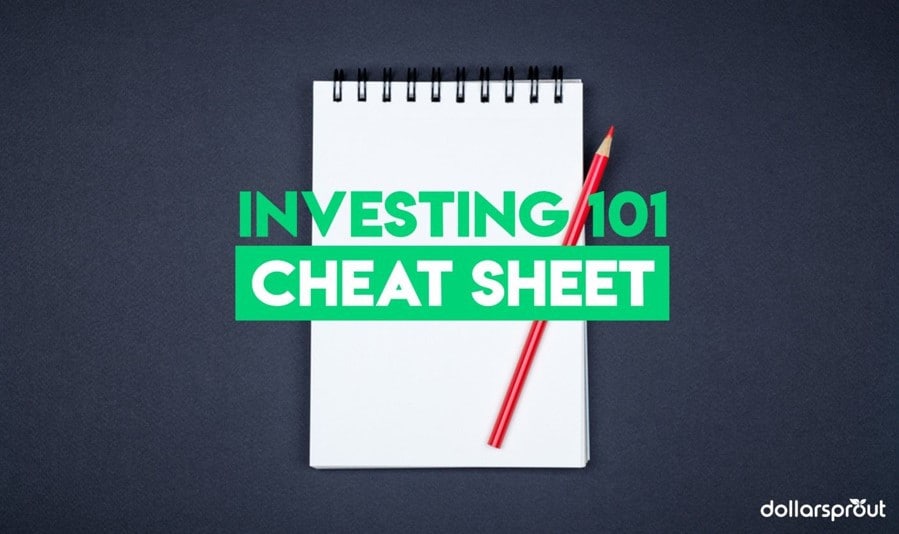
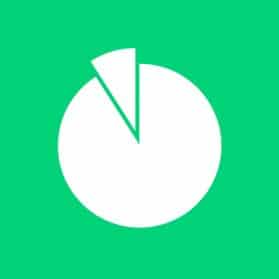 A stock, also known as a “share,” is a tiny ownership stake in a business. Public companies allow anyone to buy or sell ownership shares of their business on exchanges.
A stock, also known as a “share,” is a tiny ownership stake in a business. Public companies allow anyone to buy or sell ownership shares of their business on exchanges.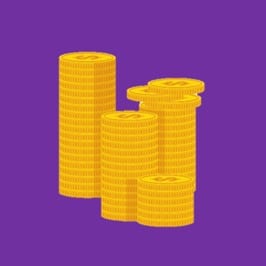 A bond is
A bond is 